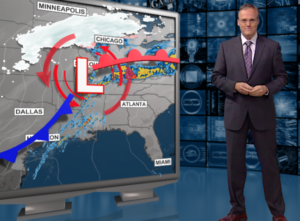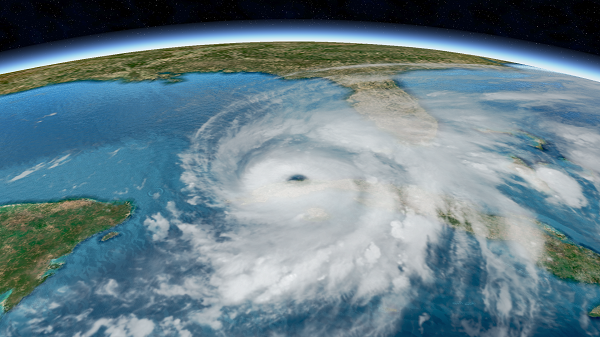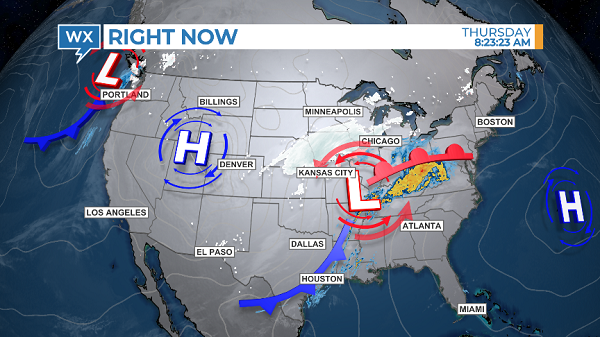4 ways to differentiate your weather coverage with unique visualizations

Most broadcast meteorologists don’t have time to play. They’re some of the busiest people in the newsroom, juggling six different jobs!
Yet playing with the software is great for discovering new ways of telling an engaging weather story and differentiating the weather coverage from the competition.
READ MORE: WHAT METEOROLOGISTS NEED TO KNOW ABOUT DATA VISUALIZATION
Author and inventor Roger Von Oech, who worked with Apple, IBM, Sony, and Disney, wrote, “Necessity may be the mother of invention, by play is certainly the father.”
So, let’s play!
The weather computers used by broadcast meteorologists are both data processors and graphics systems. Playing with the settings of each data layer can produce some amazing weather visualizations that can be used in daily weathercasts, webcasts, IDs, and weather promos.
Simulate the view from the International Space Station by removing all political boundaries from the Earth and enhancing the high-resolution satellite data.

Create a unique satellite for the late news using the dark earth with nightlights. Add more contrast to the satellite data with a custom color table and imagery enhancements.

Make the common weather map more interesting with a glossy Earth texture, deep shadows, an updated radar color table, and custom icons.

Use the same glossy Earth texture and adjust the lighting settings to produce a dramatic spotlight or vignette effect. Add big, bold text for graphics displayed on weather center monitors.

All the graphics above were created using the Max software developed by The Weather Company, an IBM Business. Similar looks may be achieved by playing with the settings in the Lynx software developed by Baron Weather.
Tim Heller is an AMS Certified Broadcast Meteorologist, Talent Coach, and Weather Content Consultant. He helps broadcast meteorologists uplevel their performance and productivity by communicating more effectively and efficiently on-air, online, and on social media.
Read more News & Insights from HellerWeather
